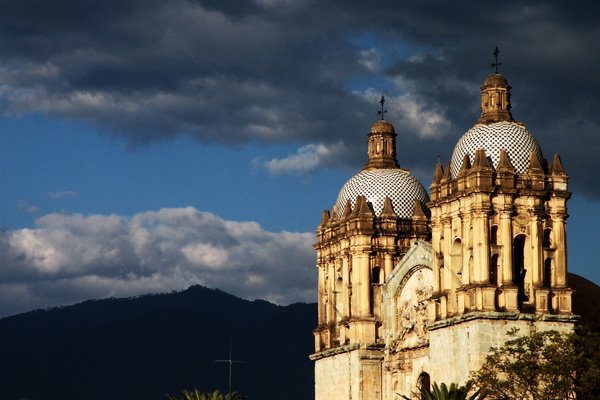From Jim Robbins of the NYT:
On the first of November, when Mexicans celebrate a holiday called the Day of the Dead, some also celebrate the millions of monarch butterflies that, without fail, fly to the mountainous fir forests of central Mexico on that day. They are believed to be souls of the dead, returned.This year, for or the first time in memory, the monarch butterflies didn’t come, at least not on the Day of the Dead. They began to straggle in a week later than usual, in record-low numbers. Last year’s low of 60 million now seems great compared with the fewer than three million that have shown up so far this year. Some experts fear that the spectacular migration could be near collapse.Another insect in serious trouble is the wild bee, which has thousands of species. Nicotine-based pesticides called neonicotinoids are implicated in their decline, but even if they were no longer used, experts say, bees, monarchs and many other species of insect would still be in serious trouble.That’s because of another major factor that has not been widely recognized: the precipitous loss of native vegetation across the United States.“There’s no question that the loss of habitat is huge,” said Douglas Tallamy, a professor of entomology at the University of Delaware, who has long warned of the perils of disappearing insects. “We notice the monarch and bees because they are iconic insects,” he said. “But what do you think is happening to everything else?”That means reversing the hegemony of chemically green lawns. “If you’ve got just lawn grass, you’ve got nothing,” said Mace Vaughan of the Xerces Society, a leading organization in insect conservation. “But as soon as you create a front yard wildflower meadow you go from an occasional honeybee to a lawn that might be full of 20 or 30 species of bees and butterflies and monarchs.”First and foremost, said Dr. Tallamy, a home for bugs is a matter of food security. “If the bees were to truly disappear, we would lose 80 percent of the plants,” he said. “That is not an option. That’s a huge problem for mankind.”
I have always believed that lawns are very unnatural. I mean, it is only one kind of plant spread over a large area, which, like all homogeneity, makes it prone to all sorts of problems. I post pics of my current yard which, thankfully, has lots of bees and butterflies.
UPDATE:
Even though I just moved in a few months ago, the seeds that I scattered in the empty lot next door came up and now there are lots of zinnias, marigolds, cosmos, cilantro.
A neighbor just stopped by and asked if she could pick some cilantro and another asked for seeds.
Lots of flowers mean lots of butterflies and bees.
UPDATE:
Even though I just moved in a few months ago, the seeds that I scattered in the empty lot next door came up and now there are lots of zinnias, marigolds, cosmos, cilantro.
A neighbor just stopped by and asked if she could pick some cilantro and another asked for seeds.
Lots of flowers mean lots of butterflies and bees.







1 comment:
We noticed a drop in Monarch's this year in our spring and fall garden. We wrote to Monsanto about their GMO corn and chemicals used to kill weeds, including milkweed, which the Monarch's need for their eggs. Their response, the farmers want crops, not weeds, go plant a field of milkweed. The Monarch's are caught between droughts, loss of habitat, loss of feeding areas, climate change and companies that don't care. Canary in the coal mine anyone?
Steve y Bev
Post a Comment